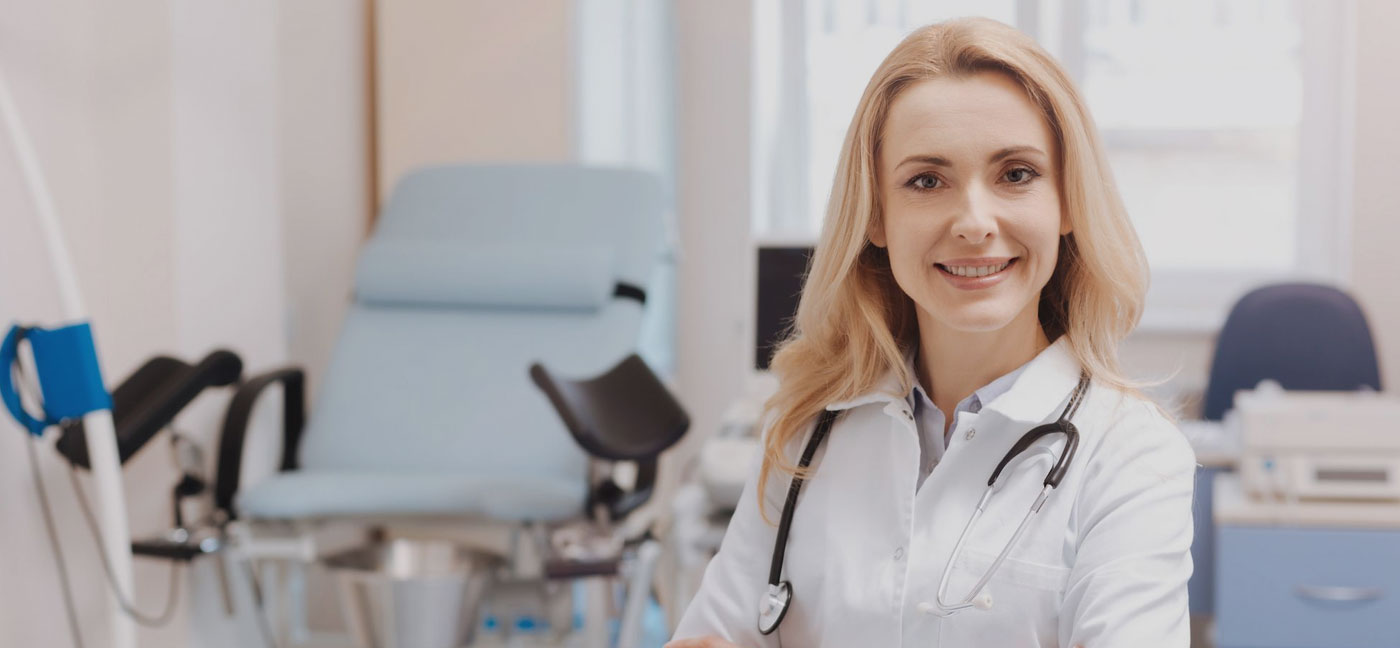What is urinary incontinence?
Urinary incontinence is loss of bladder control. When the bladder is functioning normally, it does not empty without your awareness and control.
Urinary incontinence becomes more common as people get older. It is a problem for as many as 1 in 3 Americans age 60 or older. The condition is at least twice as common among women as men.
How does it occur?
There are several different types of incontinence: stress, urge, overactive, and functional.
Stress Incontinence is the most common kind of urinary incontinence in women. It causes urine to leak during lifting, exercise, coughing, sneezing, or laughing. Stress incontinence is caused by relaxed pelvic muscles that may have been stretched or torn during child-bearing.
Urge incontinence is an inability to hold the urine once the urge to urinate occurs. It becomes hard to get to the bathroom in time.
Incontinence may be caused or made worse by problems such as:
- constipation
- infection
- a stone in the bladder
- use of diuretics (“water pills”)
- thinning of tissue due to decreased estrogen after menopause, which may weaken urethral muscle.
Overactive bladder is when the bladder begins to contract or spasm without being completely full. Sometimes you can actually empty your bladder completely without any control or leak urine without being aware of it.
Functional incontinence occurs when a person is unable to reach the bathroom in time to urinate because of problems such as Alzheimer’s disease or severe arthritis.

What are the Symptoms?
Symptoms include:
- leakage of urine during exercise, laughing, coughing, sneezing, or lifting
- urine leaks in frequent dribbles
- inability to hold urine long enough to get to the toilet
- urine continues to dribble after urinating
- smell of urine on clothes and in the house
How is it diagnosed?
Your medical history is very important and you will have a pelvic exam. Urine samples will be sent to the laboratory to look for infection or other problems. A pelvic ultrasound may be done to evaluate the uterus and possible fibroids that could increase your symptoms. An Urodynamic Test will be performed to evaluate the bladder and how it behaves when filling and emptying.
How is it diagnosed?
Treatment depends on the type of incontinence and the cause of the problem. Treatment for urinary incontinence can include:
- Kegel exercises to strengthen weak pelvic muscles. The muscles can also be tightened by surgery.
- Pelvic Floor Rehab which strengthens the pelvic floor muscles by electrostimulation and computer monitoring. It is a 6 session therapy.
- Medicine that tightens the urethral muscle, stimulates the bladder to empty, relaxes an irritable bladder, or treats infection.
- Bladder training, which teaches you to empty the bladder on schedule rather than waiting until you feel the urge.
- A pessary, which is similar to the outer ring of a diaphragm. This is inserted up around a woman’s cervix, where it gives support to the pelvic muscles and helps prevent stress incontinence. Dr. Hardy may advise a pessary to support lax pelvic muscles if this is contributing to the incontinence.
- Catheters inserted into the bladder so that it can be mechanically drained on schedule. This is usually done only as a last resort.
- Surgery to lift the bladder and vagina back into its correct position. This will also include a hysterectomy if one has not already been done.
Can urinary incontinence be prevented?
You may not be able to prevent urinary incontinence because it is a symptom of several other problems, rather than a condition with a single cause. This is why it is important to discuss incontinence in the early stages so the incontinence can possibly be reversed with minimal therapies.
Many people may benefit from exercises known as Kegel exercises that strengthen the pelvic floor muscles. You can feel the muscles to use by squeezing the muscles in your genital area. You might find that it helps to pretend you are stopping a flow of urine or trying to stop from passing gas.
Tighten these muscles and hold the contraction for 4 seconds. Do this 10 to 20 times. Allow the muscles to relax completely between contractions.
Do these sets of contractions 10 times a day. By doing fewer repetitions than this, you will make these exercises less effective.
You can do Kegel exercises anywhere: while sitting at a desk, waiting for a bus, washing dishes, driving a car, waiting in line, or watching television. No one will know you are doing them.
Do not do these exercises while you are urinating.
You may see a change for the better after doing the Kegels for just a few weeks. However, you may not notice a lot of improvement until after 3 to 6 months of daily exercises. You should continue doing Kegels every day to keep the pelvic muscles strong.
If you have urge incontinence, bladder training can make a big difference. Instead of waiting for your bladder to signal the need to urinate (which is too late for many people), set a schedule for emptying your bladder. Use the toilet 20 to 30 minutes after each meal, at least twice between meals, and before you go to bed. You can set a timer to remind you. Adjust the schedule as you learn the frequency that best meets your needs. When you first get the urge to urinate, wait 2 minutes and then go to the restroom. After a few days, increase that timeframe to 5 minutes, 10 minutes, 15 minutes until you have trained your bladder to not give such strong urgency signals.
Drink plenty of fluids. Don’t try to control urinary incontinence by cutting back on fluids. It won’t help and may even be harmful to you.
How can I take care of myself?
- Limit drinking of carbonated, caffeinated, or alcoholic beverages.
- Decrease the amounts of tomatoes, fruit juices, dairy products, spicy foods, sugar, and artificial sweeteners in your diet. These foods in larger quantities can irritate the bladder.
- Drink plenty of fluids. Don’t try to control urinary incontinence by cutting back on fluids. It won’t help and may even be harmful to you.
- Drink liquids throughout waking hours, but limit fluids 3 hours before usual bedtime. Be sure to empty your bladder every 2 to 4 hours and before going to bed.
- If you have stress incontinence, do Kegel exercises regularly.
- Train your bladder as far as possible to empty on a regular schedule.
- Use incontinence pads to prevent wetting of clothing. Be sure to change the pads regularly.
- Keep your groin area as clean and as dry as possible.

